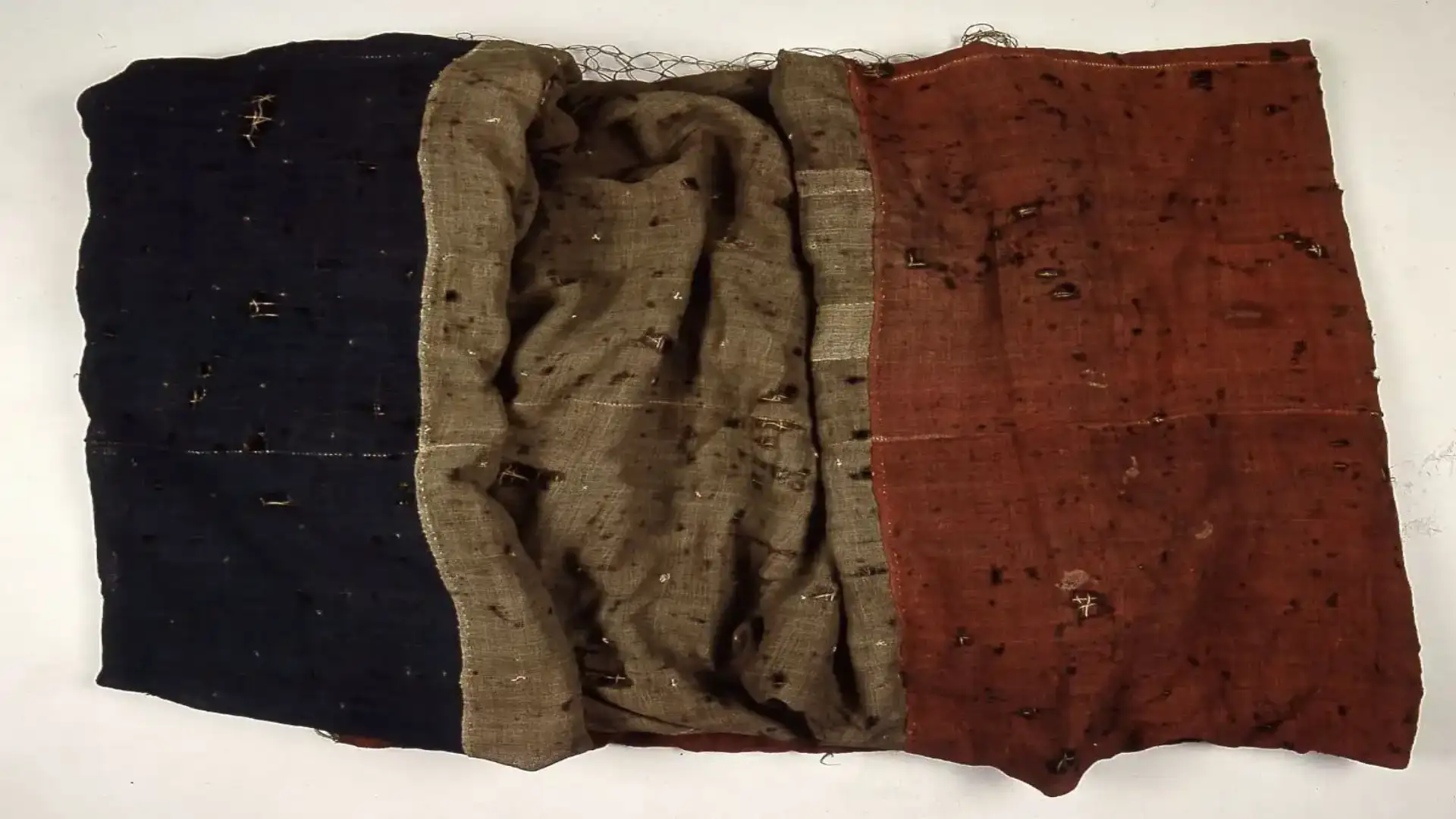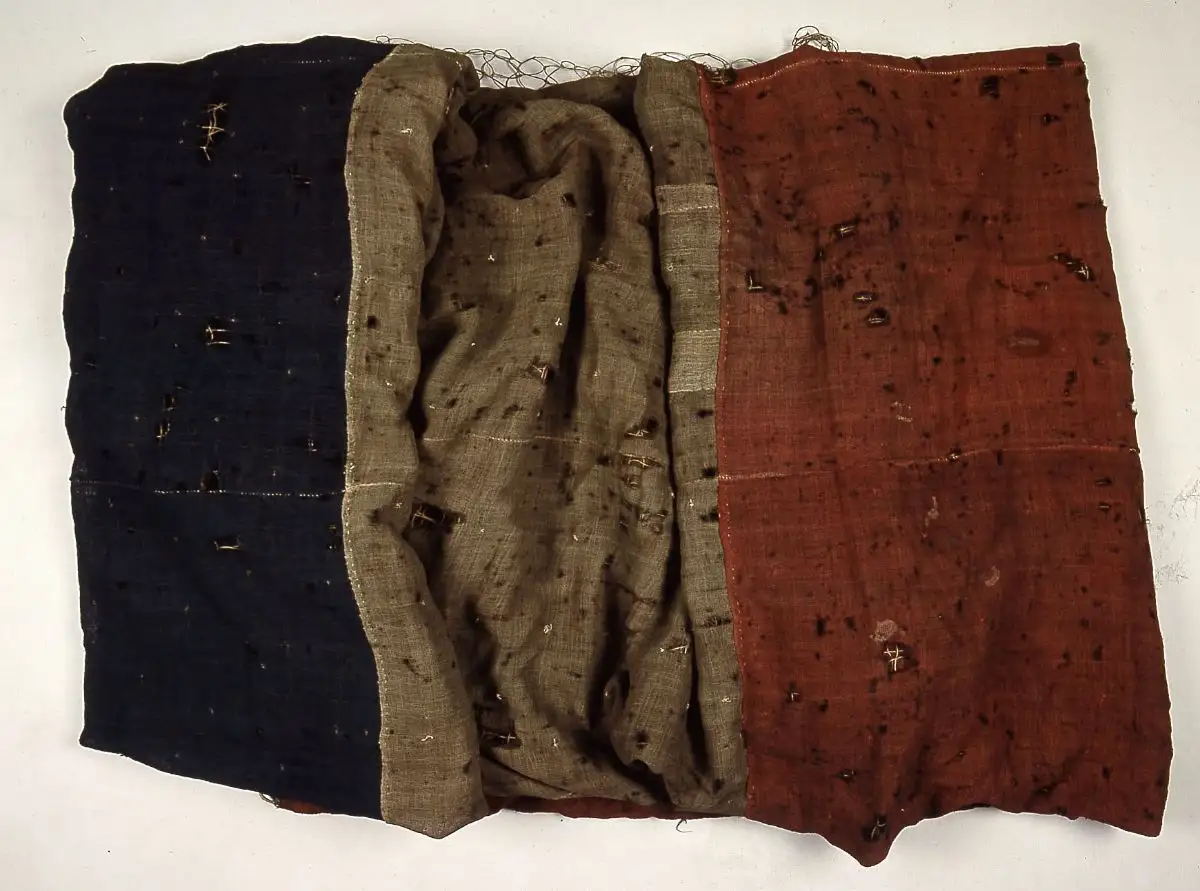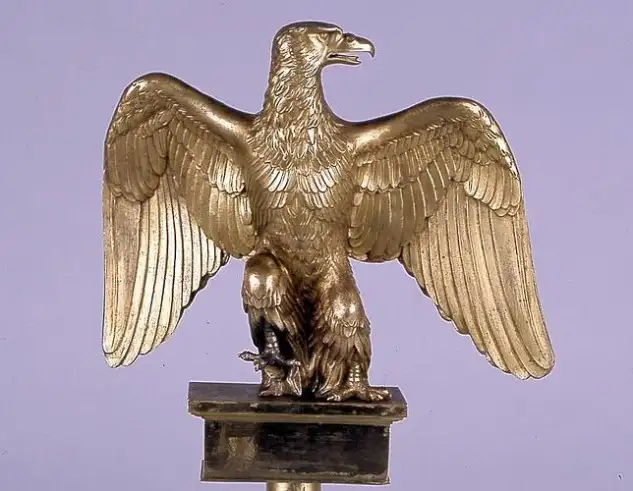
Vigo starred in the biggest maritime event of the War of Independence
Vigo starred in the biggest maritime event of the War of Independence

The Atlas flag is currently exposed in the Naval Museum of Madrid, and it is surprising that there is no explicit reference to the historical fact in which men in much of the Casa Armadora de Vigo owned by Marcó del Pont supported Portuguese, were the only artists of the historic event (Photo Asociación Hermérico, Exposition Galegos e Catalans).
Knowing the background, it should not be surprising, although it causes us admiration for the daring of the case, the capture of a French ship in the middle of Bay of Vigo, by our sailors. The fact was this way: In one of the days of July 1808, the "Atlas" war ship, which had already been in Vigo in 1805, formed part of the French-Spanish combined squadron sent by Admiral Villeneuve, was founded in the Bay of Vigo. He saluted the square, which he already believed in the power of Napoleon's troops, and shortly after it was surrounded by several armed boats and manned by sailors from these shores, which formed the subtle forces created on the occasion of the war with England. The crew of the French ship did not dislike, as, as I say, they believed that Vigo was in the power of the emperor, and they let the small ships approach, assuming them in peace, and that they would certainly greet them. And so it was easy for the brave Vigo sailors to come aboard the ship and master the ship's endowment, which, taken by surprise, could hardly resist. The Atlas flag was sent by our countrymen to the Supreme Board of Seville, and then passed to the Naval Museum of Madrid...
This text is complete by Avelino Rodríguez Elías, read in his conference "The Navy of Vigo through a twenty centuries," which took place in the late Vigo Recreo-Liceo on November 25, 1924. Avelino Rodríguez Elías was an official chronist of Vigo, a member of the Royal Galician Academy, the Academy of Sciences of Portugal and the Historical Institute of Minho. The story published in recent years by means even of implatation and national distribution, case of ABC, was taken from the trunk of memories by the Hermeric Association that organized the Galegos e Catalanes Exhibition, which was held in Vigo in 2008. The beginning of this research work dates back to the preparations for the above-mentioned sample in the autumn of 2007, when it falls into the hands of the Association, the original comment of the above-mentioned conference of Elijah in 1924. The immediate thing was my move to Madrid as president of Hermérico requesting an interview with the Admiral of the Navy who then presided over the Patronate of the Museum. The reception of this high command of the Spanish Navy was very cordialical and showed me the longed flag and even allowed me to expose to it the one that should be put a plate next to the piece that reflected the viguesa... At my request to bring the "Atlas flag" to Vigo he showed himself against and said to me textually: "As you can see, he is in a precarious state given his old age... think that Napoleon himself gave it personally to the ship... it is not that he has a problem giving it to him for the exhibition... but it is likely to be destroyed on the journey to Vigo.". Last year the Hermeric Association officially requested the Mayor of Vigo Abel Caballero, to make the appropriate efforts to make the flag, to be exposed in the Museum of the Sea of Vigo, because he understands that it was the town of Vigo, who without other help managed to arrest the Atlas.

It is exposed at the Naval Museum of Madrid and is the only maritime Napoleonic eagle that can be seen in a museum in the world
The Atlas, a ship with two decks and 74 cannons
Built in Cartagena by the English system or by Jorge Juan, according to an order of March 11, 1752, designed by Edward Bryant. He was named "St. Joseph," according to several lists, although in others he was said to be "St. Peter the Apostle." Bottled in 1754. In August 1757, he was ordered to build his keel. In November 1758 he was enlisted and placed in command of the ship captain Francisco Javier Everardo Tilly. In December 1758, commanded by the ship captain Tilly, he was commissioned, after replacing the Triunfant in the mission, to make corso on the coast of Levante against the Algerian corsary ships. At the end of March 1760 it is located at the base of Cartagena. In September, the Pearl frigate began a mission of corso on the coasts of Catalonia. In 1770 he was put in charge of the newly promoted captain of the ship Don Francisco Hidalgo of Cisneros and Ceijas and formed division with the frigates Industry and Hare and the Monserrat urca, with which he crosses the Atlantic, passes the Cape of Horns and reaches the coasts of Chile and Peru. Incorporated into the squadron of Don José de Mazreardo, it was found in Cadiz blocked by the British squadron of John Jervis. He was in charge of Don José Manuel de Villena. On February 6, 1798, Cadiz sailed with the squadron of 22 ships, 4 frigates and 3 bergantine in pursuit of nine British ships. In 1801 he was transferred to the French Navy and renamed l'Atlas. On the occasion of the events of 1808, the l'Atlas entered Vigo believing to be the port of the Spanish allies, and there he was arrested in June when he was surrounded by armed boats that threatened to take him on board if he did not surrender. Even today, in the Naval Museum of Madrid, one can see an imperial standard, which Napoleon himself gave to the ship's crew, before being captured and handed over to the Spanish authorities. With his first name of Atlante he served in the Spanish Navy until 1817, when he was scrapped.
Manuel Pedro Seoane, President Association Hemérico
© 2024 Nautica Digital Europe - www.nauticadigital.eu











